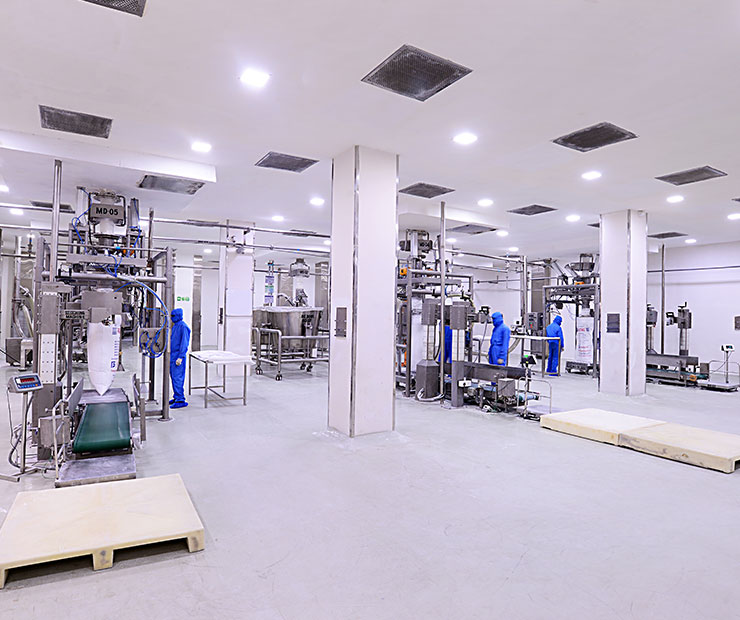HVAC System Clean Room
Cleanrooms are used in practically every industry where small particles can adversely affect the manufacturing process. They vary in size and complexity and are used extensively in industries such as semiconductor manufacturing, pharmaceuticals, biotech, medical device, and life sciences, as well as critical process manufacturing common in aerospace, optics, military and Department of Energy.
A cleanroom is any given contained space where provisions are made to reduce particulate contamination and control other environmental parameters such as temperature, humidity, and pressure. The key component is the High-Efficiency Particulate Air (HEPA) filter that is used to trap particles that are 0.3 microns and larger in size. All of the air delivered to a cleanroom passes through HEPA filters, and in some cases where stringent cleanliness performance is necessary, Ultra Low Particulate Air (ULPA) filters are used.



